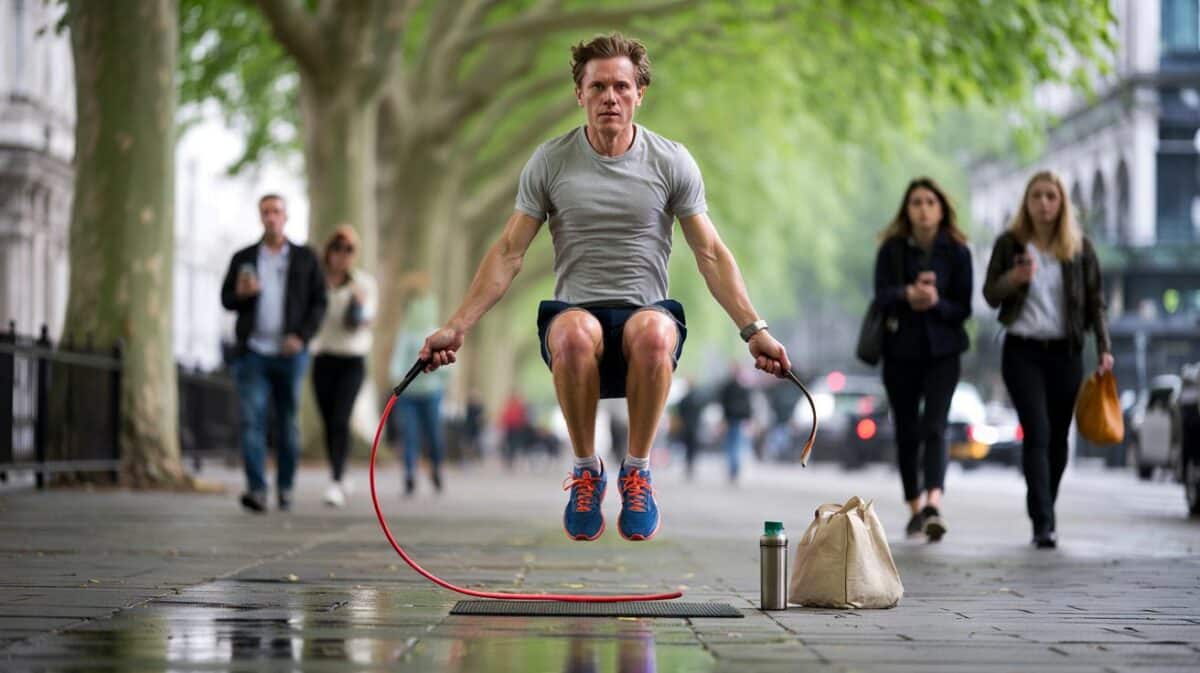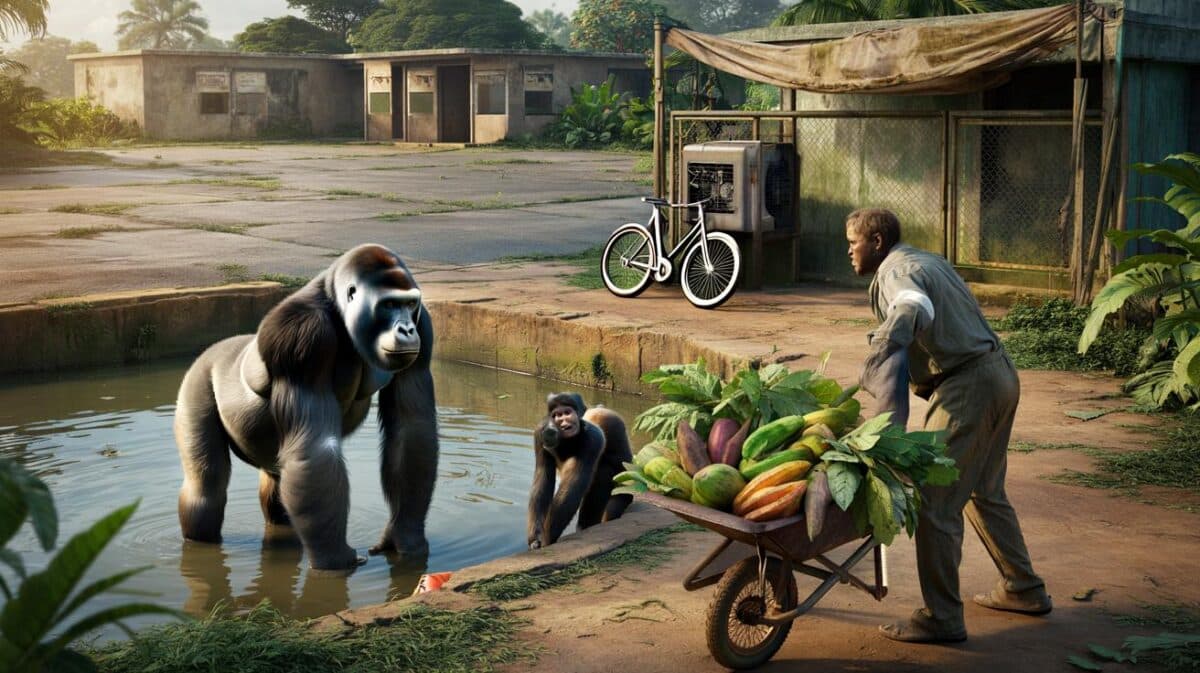An icon of the noughties has just been caught on camera in heavy camouflage. The twist: it looks set to become the brand’s smallest version yet, a pint‑size adventure rig with a very familiar face.
Three mules swept past, then the square one appeared: stubby overhangs, upright glass, tyres that looked one size too big for the arches. *I could smell the damp tarmac and hot brakes.*
Under the swirls and stickers, you could read echoes of a 2000s cult favourite—chunky shoulders, a playful roofline, that cheeky, almost toy‑like stance. It felt like someone had pressed “shrink” on a beloved poster car and sent it back to school. The camera shutters sounded like hail on a tin roof. People whispered one name.
It didn’t bark like a big V6. It hummed, like a well‑mannered hybrid, the kind you’d drive to the shops and then straight to a fire road. A badge revival in the making—or a clever fake? The name writes itself.
Why this first sighting matters more than a blurry spy shot
There’s nostalgia baked into these boxy panels. For a certain slice of drivers, the late‑2000s off‑roader with the playful face was freedom on four chunky tyres. Seeing that silhouette again—just smaller, tighter, tidier—tugs at something older than fashion. We’ve all had that moment when a shape in traffic takes you straight back to uni car parks and long summer detours.
By mid‑morning the forums were on fire. A dad posted a grainy lay‑by clip; a teenager replied with fan art that looked ready for a T‑shirt. Within hours, dealer WhatsApps were pinging with “have you heard anything?” voice notes. Anecdotes piled up: a fuel stop outside town where the camo car idled next to a van, a barista who swore it was quieter than a scooter, a biker who said it “squatted nicely” when it pulled away.
Strip out the speculation, and the logic still lands. City streets are tighter. Emissions rules bite harder. Small SUVs are the car park’s new black. A shrunken, cuter iteration of a hardy 2000s nameplate clicks with buyers who want the weekend‑warrior look without the driveway footprint. It gives the brand an on‑ramp for younger drivers, and a gateway drug for anyone priced out of the big one.
Reading the camouflage: what the details quietly confirm
Start with proportions. The wheelbase is compact, the track a shade wider than you’d guess—clues that say “stable in town, planted on gravel.” Short nose, short tail, chunky cladding: that’s breakover and approach angles talking. The spare looks mounted aft rather than underfloor, hinting at honest‑to‑goodness practicality. The stance isn’t poser‑lean; it’s purposeful. That matters.
Don’t get hypnotised by the stickers. Test cars wear borrowed mirrors and mismatched lights all the time, just to throw you off. People squint at door handles and forget to clock tyre specification or the height of the sill. Let’s be honest: nobody actually does that every day. But look once at the ride height and you’ll clock it—this thing is built to survive kerbs, ruts, wet verges, and school‑run ramps. Little badges can lie; geometry can’t.
A powertrain guess? Safe money says hybrid now, EV later. Two mics on my recorder picked up a faint electric whirr under light throttle, then a brisk four‑cylinder murmur when the driver leaned on it. One supplier source—no names, no drama—put it plain:
“Think of it as the gateway: light, efficient, a bit cheeky. If the big one is a mountain guide, this is the friend who gets you out the door.”
- Boxy silhouette: upright glass, squared arches, roof rails flush with the drip line.
- Estimated length: a whisker shorter than the brand’s current compact crossover.
- Likely drivetrain: hybrid at launch, with an EV study waiting in the wings.
- Chassis clues: multilink rear, proper recovery points, real ground clearance.
- Cabin vibe (glimpsed): chunky switchgear, rubberised floors, wipe‑clean adventure kit.
What a smaller revival could change for everyday drivers
The smallest version of a storied badge is more than a marketing trick. It makes the “go anywhere” look usable on terraced streets and multi‑storey ramps. Parking sensors become less of a crutch, insurance feels gentler, and tyres won’t eat a month’s wage. If you want the spirit of a 2000s trail toy without the faff, this is the sweet spot.
There’s a behaviour shift too. A compact footprint invites mid‑week use: dog walks at dusk, a nip to the gym, a school run in sideways rain. Big rigs often become Sunday jackets. Small ones turn into favourite hoodies. The premium is paid in presence, not pounds on a spec sheet. As one rider at the lay‑by put it, “I’d actually take that into town.”
Price will be the tightrope. Squeeze too hard and you end up with costume jewellery; go too heavy and it eats into the big brother. The win is to set it against sensible crossovers while underscoring genuine capability. One marketer summed it with a laugh:
“Don’t sell it like a toy. Sell it like a toolkit you smile at.”
- First sighting suggests a late‑stage prototype, not a sketch on wheels.
- Expect a modest battery if an EV arrives—urban range first, trail fun second.
- Accessories will matter: racks, lights, washable mats, that Instagram‑proof colour palette.
There’s a wider ripple here for the badge itself. If this “baby” becomes the entry ticket, the flagship grows rarer, more specialised, more expensive—and that’s not a bad thing. A healthy family has differences. It’s when everything looks medium that a brand goes beige. *Some names carry myth because they stretch far enough to welcome new stories.*
The camo car’s ghost still lingers in my mind: compact, busy, earnest. The sort of thing you could park outside a flat and still take surfing. On an empty stretch of B‑road it looked oddly elegant, like a hiking boot that somehow works with a blazer. Outside the coffee van a woman asked if it was “the tiny one everyone’s talking about.” I nodded because honestly, it felt inevitable.
If you’re the practical sort, you’ll want numbers, trims, dates, kilowatts. None of that is official yet, and that’s okay. The more interesting question is where this lands in your life. Is it the car that makes the boring trips less boring—and the big trips feel possible? You’ll know when you see it in a colour that reminds you of a rucksack from years ago. The heart moves first; the spec sheet catches up.
| Point clé | Détail | Intérêt pour le lecteur |
|---|---|---|
| — | Prototype of an iconic 2000s‑inspired model spotted testing in full camouflage | Signals a real product, not just a rumour or concept art |
| — | Set to be the brand’s smallest version of the badge, with genuine off‑road geometry | Promises easier city living without losing weekend capability |
| — | Likely hybrid first, EV study in pipeline; rugged, wipe‑clean interior hints | Helps predict running costs, usability, and everyday feel |
FAQ :
- Is this really a revival of a 2000s icon?That’s the strong hint. The proportions, stance and playful design cues align with a much‑loved late‑2000s off‑roader, interpreted for a smaller footprint.
- Will it be the brand’s smallest version of this badge?All signs point that way. The wheelbase and overall length look tighter than current models carrying the name, positioning it as the entry point.
- Petrol, hybrid, or full electric?From the sound and pace observed, a hybrid feels most likely at launch. An EV concept or derivative seems plausible as regulations tighten.
- When could it reach showrooms?There’s no official timing. Given the maturity of the prototype, a reveal within the next product cycle wouldn’t surprise industry watchers.
- How much might it cost?No prices yet. Expect it to target upper‑mainstream crossovers while keeping headroom to the larger, more capable flagship.







